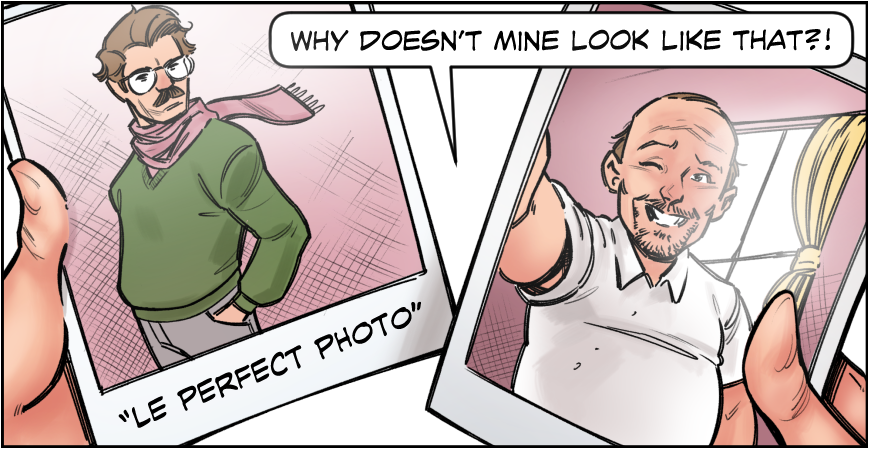When Facebook first started, most posts were text-based status updates or posts on people’s wall.
With the increased availability of smartphones with cameras, it became easier for people to share photos and those that did got much more attention, sending text-only posts into the dustbin of digital history.
In 2015, when photos were well-established as the prominent post type on Facebook, Mark Zuckerberg predicted that video was going to be the future.
These days, it’s extremely rare to see any post on Facebook without either a photo or a video accompanying it. Visuals are no longer optional if you’re trying to not only catch and hold people’s attention on social media, but get them to engage with your post.
This principle also applies to a news media strategy. A picture is still worth a thousand words, and good quality visuals can instantly communicate a story in a way even a perfectly crafted media release can’t. The visuals you provide as part of a pitch to a media organisation can be the difference between your story getting picked up or left to languish in a journalist’s inbox.
The use of the word ‘provide’ is key here because gone are the days when organisations pitching their stories to media could rely on newsrooms to consistently provide a photographer or a cameraperson to get vision.
To increase your chance of getting media coverage you need to ensure you have visuals available and later on I’ll share some easy principles to improve photos as a starting point.
Organisations need to take more than a tick-box approach to visuals and should start thinking of what images could accompany a story as soon as they start putting it together rather than scrambling to arrange something at the last minute.
As an example, if it’s a new or proposed property development, consider hiring a drone operator to fly over the land and give a better sense of space.
If it’s a program or service you want to promote, then secure a case study who is happy to be the face of the story and set up a photo shoot.
Not all organisations with media needs will have the budget to hire or employ a professional photographer/videographer but the good news is that most modern smartphones can take a passable photo if five principles are considered:
- Lighting – when organising a photo outside, try to avoid the middle of the day when the sun will be directly overhead and cast unflattering shadows on people. If you’re shooting inside, be careful not to have the subject directly in front of a window or you’ll cast their face/s into shadow and the photo won’t be useable.
- Framing – although portrait videos and photos are becoming more commonplace with the use of smartphones, landscape is still the best format for newspapers and other traditional outlets.
- Selfies – while they are fine for a personal social media page, they should be avoided at all costs when taking photos for professional purposes.
- Flash – while the use of flash by professional photographers can bring an image to life, the built-in flash on a smartphone will only make a photo look worse and should also be avoided.
- Background – put some thought into what the background of your photo will be and try to shoot in a location that relates in some way to the context of the story you are trying to pitch.
These are just some of the steps that organisations can take to provide appropriate visuals with media releases without breaking the bank.
It might seem like a lot of work but putting in the effort to supply visuals can have multiple benefits.
Even if the journalist or news outlet doesn’t deem your visuals of high enough quality, even a low-quality photo can demonstrate the potential visuals that could accompany a story and will increase the likelihood of the in-house photographer being assigned to the story.
Even if the story is not picked up by the media, having invested in visuals means you already have something to post on your own social media channels.
Ultimately, visuals are only one part of the process of getting media coverage – if an important one.
For more on enhancing media releases, see my colleague Rebecca Munro’s eight tips on the subject from last week’s edition of CGM Voice.
 ReGen Strategic
ReGen Strategic